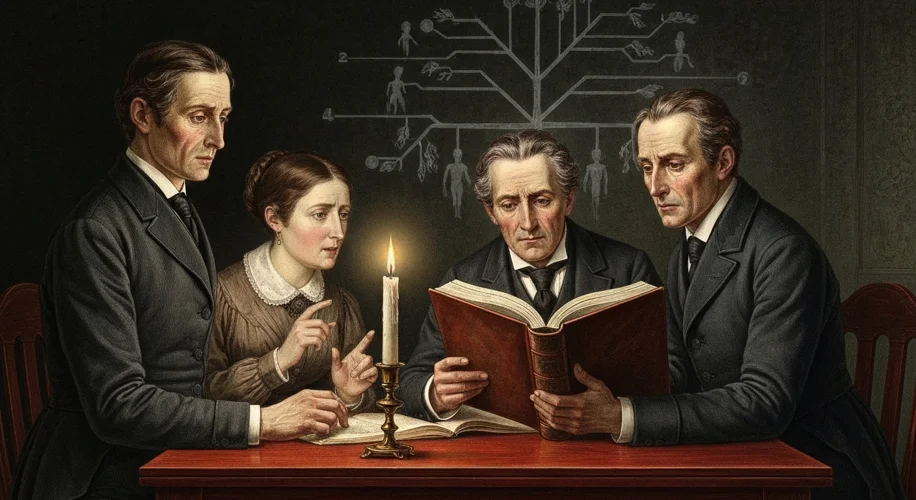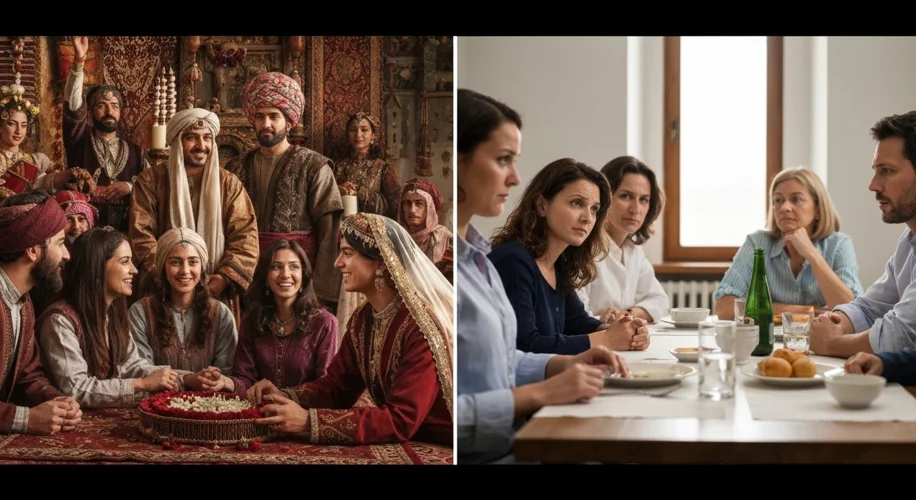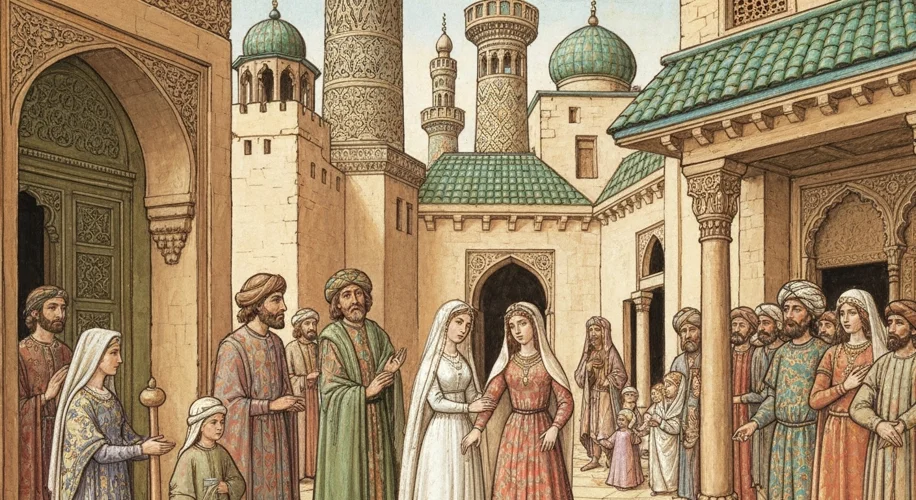Imagine a world where marrying your cousin wasn’t just acceptable, but perhaps even expected. A world where the bonds of family were strengthened, not strained, by the act of wedlock. This wasn’t a fantasy; for much of human history, it was the reality. Yet, today, in many Western societies, the idea of marrying a cousin evokes a sense of unease, a whisper of taboo.
So, how did we get from celebrating these unions to shunning them? The answer lies not in a single decree, but in a slow, intricate dance of culture, religion, and evolving scientific understanding.
A Tapestry of Kinship: Ancient Roots
For millennia, cousin marriage was not only permissible but often preferential. Think of the ancient Hebrews, where Deuteronomy explicitly commanded a man to marry his brother’s widow, a practice that naturally extended to marrying one’s cousins. This wasn’t about romantic love as we define it today; it was about preserving lineage, consolidating property, and maintaining the integrity of the family unit. Marrying a cousin kept wealth and bloodlines within the close-knit circle of the family.

The Roman Empire, too, saw cousin marriage as a common practice, particularly among the aristocracy. Emperors like Marcus Aurelius married his cousin Faustina the Younger. This reinforced alliances and kept power concentrated within prominent families. It was a pragmatic approach to social and political stability, a way to ensure continuity and control.
Across vast swathes of the globe, similar patterns emerged. In many parts of Asia, Africa, and the Middle East, marrying a cousin, particularly a paternal parallel cousin (the son of one’s father’s brother), remained a dominant form of marriage. This maintained the patrilineal structure, ensuring that land and status remained within the male line of descent.
The Slow Shift: Seeds of Disapproval
The change in Western attitudes was a gradual process, a slow erosion of an age-old custom. The early Christian Church initially tolerated cousin marriage, but by the Middle Ages, a more complex picture emerged. Canon law began to discourage or even prohibit marriages within certain degrees of kinship, often defined in a way that included cousins. This was partly influenced by Roman law, but also by a desire to differentiate Christian practices and perhaps a burgeoning concern about the health of offspring.
However, these prohibitions were not always consistently applied or enforced. Social expediency and the influence of powerful families often meant dispensations were granted. Yet, the seeds of disapproval had been sown.
The Enlightenment and Beyond: Science Enters the Fray
The Enlightenment, with its emphasis on reason and scientific inquiry, brought a new lens through which to view marriage and family. As medical knowledge advanced, concerns about ‘inbreeding’ and its potential consequences began to gain traction. While the scientific understanding of genetics was still in its infancy, anecdotal evidence and a growing unease began to associate cousin marriage with increased risks of certain hereditary diseases and disabilities.

By the 19th and 20th centuries, these anxieties solidified into social stigma and, in many places, legal restrictions. The idea that cousin marriage led to ‘weak’ or ‘unhealthy’ offspring became deeply ingrained in the Western psyche. This was further amplified by pseudo-scientific theories and a general discomfort with blurring the lines of familial relationships. The focus shifted from preserving family wealth and power to the perceived biological health of the population.
A Global Divide: Persistence and Peril
Today, the landscape is complex. While many Western countries have laws prohibiting or discouraging cousin marriage, it remains a prevalent practice in many other parts of the world. In countries like Pakistan, Egypt, and India, cousin marriage rates can be as high as 30-40% or even higher in some regions. Here, the cultural norms and benefits of maintaining family ties often outweigh the concerns that dominate Western discourse.
It’s crucial to note that the genetic risks associated with cousin marriage are often overstated or misunderstood. While the risk of inheriting recessive genetic disorders is indeed higher when parents are related, the overall risk remains relatively low for most couples, and the majority of children born to cousin marriages are healthy. The stigma often outpaces the scientific reality.

Conclusion: A Reflection of Evolving Values
The story of cousin marriage is a fascinating lens through which to view the evolution of human society. It shows how deeply ingrained cultural practices can shift, driven by a confluence of religious doctrine, legal frameworks, scientific understanding, and prevailing social anxieties. What was once a cornerstone of familial and societal structure has, in some cultures, transformed into a whispered taboo. As our understanding of genetics continues to deepen, perhaps our perceptions will continue to evolve, challenging the assumptions that have shaped our views for centuries.

